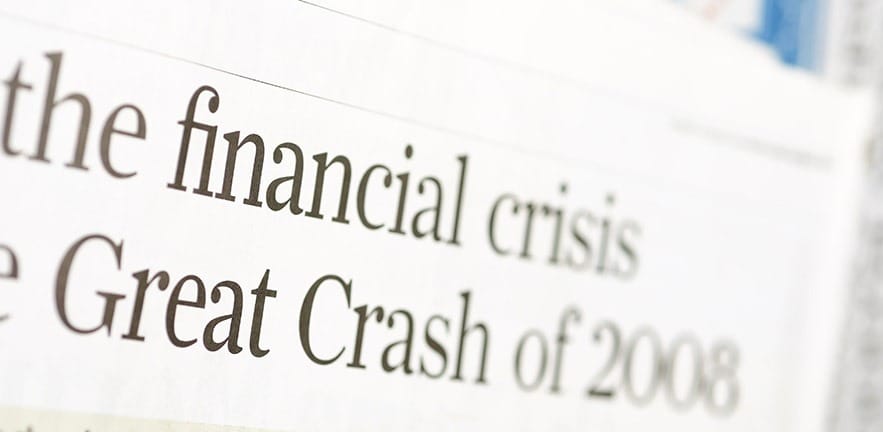by Dr Hui (Frank) Xu, Research Associate, Cambridge Centre for Finance and Cambridge Endowment for Research in Finance

The 2008 financial crisis has far-reaching impact on financial markets and real economy. Although academic researchers and public policymakers have reached a consensus that the financial crisis roots in leverage cycle, they continue to debate the causes that led to the leverage cycle. Initially, it was widely accepted that financial innovation and deregulation exacerbated agency problem, incentivising the financial intermediaries to issue consumer credit, including mortgage debt, without proper screening and monitoring (“credit supply” channel). Recently, nevertheless, a growing empirical literature has proposed a “distorted beliefs” view of the crisis, demonstrating that over optimism of investors may have led to rapid expansion of the credit market, and increased assets price in the run-up to the crisis (“credit demand” channel). The financial crisis, like any other major economic event, probably has more than one cause, and both credit demand and supply channels have contributed to it. Indeed, the two views are not entirely mutually exclusive, and may reinforce each other.
However, one still might want to ask to what extent the distorted beliefs have caused the crisis. This question is interesting for both theoretical and practical reasons. First, economists have long known that distorted beliefs have important effects on prices of financial assets, e.g. risk-free rate and stock prices, but they still find it wanting to understand why the distorted beliefs can cause massive default in 2008; second, understanding what caused the financial crisis helps to create effective changes in policy. If it is largely an agency problem, policies to prevent similar crises would include requiring financial intermediaries to “put more skin in the game”, and to enforce stricter screening and monitoring. If it is primarily a distorted expectations and beliefs problem, preventative measures would include implementing macroprudential, financial-stability polices, and improving information transparency.
One way to quantify the role of distorted beliefs in the financial crisis is to construct a dynamic general equilibrium model which features credit use and risk-taking by households purely based on distorted beliefs, effectively shutting down agency problem channel. Then, examine the explanatory power of the model by comparing the output from the calibrated model to real data. This is a research project done by Cambridge Centre for Finance (CCFin) research associate Hui (Frank) Xu.
The main findings of the paper support the distorted beliefs view of the financial crisis. The distorted beliefs view can explain the household leverage running up to the financial crisis. Quantitively, the distorted beliefs can account for more than half of the variation of the real interest rate during the crisis period.


